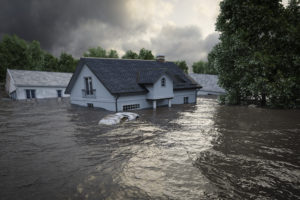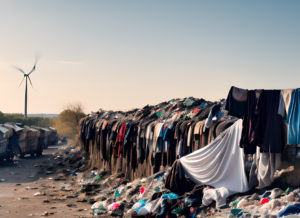
The Impact of Palm Oil
The modern-day person can walk into a grocery or convenience store and buy products with ten ingredients they have never heard of before. In fact, there are some common ingredients that can be found in most of our everyday products whose origin and environmental impact are a mystery to the average person despite their significance. One such ingredient is palm oil.










